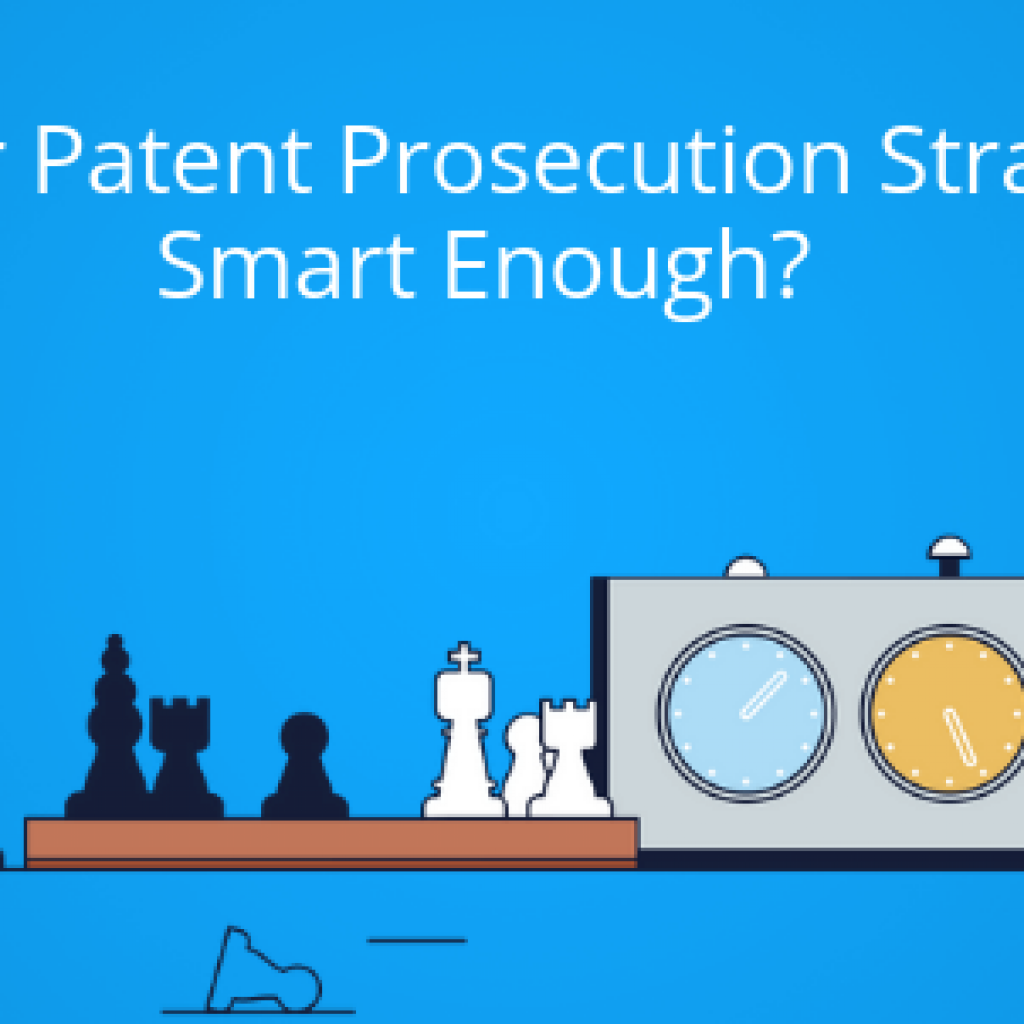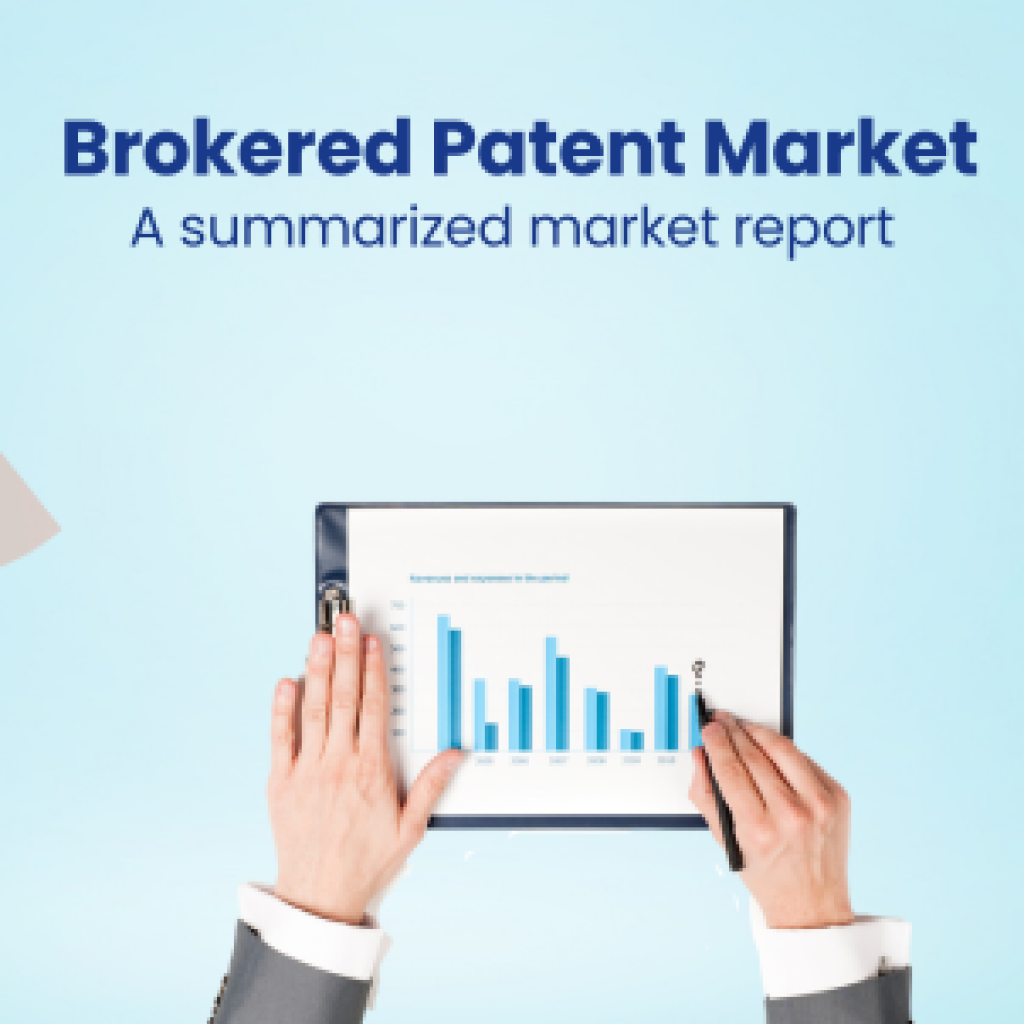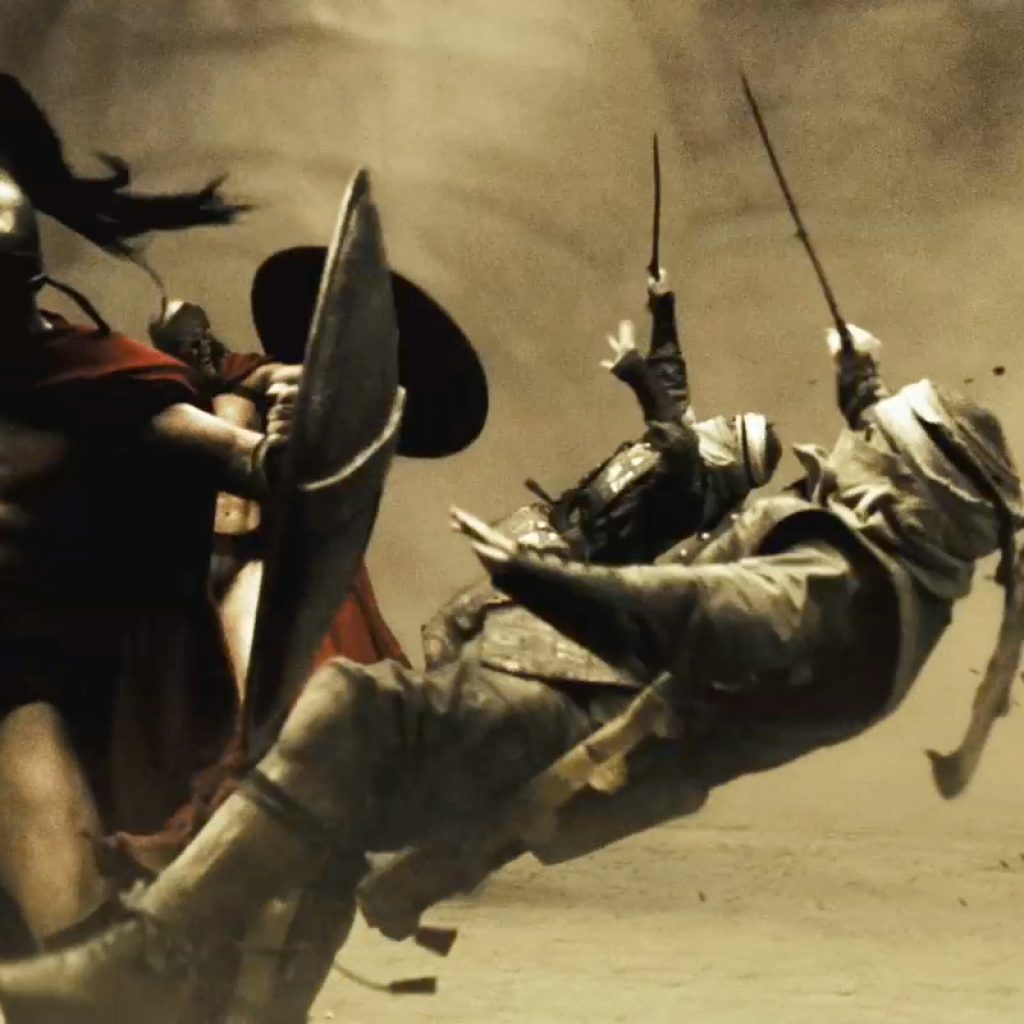On March 5 this year, DivX LLC again made it to the headline, as it asserted a patent lawsuit against Hulu and Netflix for infringing their multiple video compression, encryption, and streaming patents.
DivX is easily one of the most famous names in video technology domain with over 1 billion devices licensing their video processing and encoding technology globally. In its history of 19 years, DivX has been in multiple mergers and acquisitions and has made multiple headlines with their innovations in video technology.
Now, as video-on-demand services like Netflix, Hulu, Prime videos, and HBO, are becoming increasingly popular, the video technology industry is bound to see increased competition. Technologies related to video processing, storage, and streaming are the most important innovation areas for these companies and it is not surprising to witness patent litigations in these areas.
In its complaint, DivX has argued that Netflix and Hulu are infringing their 8 and 7 patents respectively. According to them:
“DivX patents disclose technologies that enable many benefits, including receipt and playback of streaming digital video on a wide variety of consumer electronic devices; high-quality video playback, including 4K high-resolution video, without stalls; robust and efficient DRM; and features that improve user experience, including trick play and fast start”.
Netflix directly infringes the DivX Patents by making, using, offering to sell, selling, and/or importing into the United States internet video streaming technology, software, and services that practice the inventions claimed in the DivX Patents.
Netflix, Hulu, and Divx – all these companies are big names in their domain and it seemed like a great case to run our patent strength check on. Another reason I decided to analyze patents involved in this case is that we are lately working a lot in the video technology domain.
In my last preliminary analysis to understand the validity of the patent, I tested a patent related to motion vector estimation in video encoding. The patent was involved in litigation against Google, Qualcomm, Samsung, and 7 more companies, filed by Dynamic Data Technologies. Click here to read what we think of that patent.
For this analysis, I picked one of the DivX’s patent related to Adaptive Bitrate Streaming (ABS). To give you a basic background, ABS is a streaming technique where the streaming platform first analyses a user’s network speed and CPU power and adjust the quality of the streaming video accordingly.
You might have noticed how the quality of a YouTube video changes with the speed of your Internet. This happens because of Adaptive Bitrate Streaming. I’ve simplified it, but TBH, there’s a lot that happens in ABS.
What does this patent talk about?
If I outline the patent, it discusses a method for playing back the protected content from a plurality of alternative streams (i.e. streams that encode the same media content in different ways) on a playback device. Here’s a quick rundown of what it covers:
- Obtaining a top-level index file that identifies a plurality of alternative streams of a protected video. Each of the alternative streams is stored in a separate container file referenced by a top-level index file.
- Each of the alternative streams includes partially encrypted video frames (i.e. it contains both encrypted as well as non-encrypted portions).
- These video frames are encrypted using a set of common key(s).
- Detecting streaming conditions (i.e. user’s bandwidth, network capacity, and bitrate, etc.) for the playback device.
- Based on the detected streaming conditions, a stream is selected.
- Further, the selected stream is now divided into portions (or frames) wherein each portion has its own byte range and a container index value.
- Now, the playback device will request for the portions of the selected stream based on the provided byte ranges.
- Locating the encryption information that identifies encrypted portions of frames of the video. Further, decrypting each encrypted portion using a set of common keys.
- Finally, playing back the decrypted frames from requested portions of the video using a decoder.
Did you notice – This patent is not covering just one concept. It is a mixture of two distinct concepts – Adaptive Bitrate Streaming and Partial Encryption. Invalidating such patents are tricky; especially the ones which are a blend of multiple concepts.
What got this patent granted? What references did examiner come across?
A panorama of the file wrapper unfolds that none of the cited patents, either by itself or in combination would have made this invention obvious.
Upon analyzing further, it was apparent that the claims were considered to be allowable based on the specific feature – “receiving a container index that provides byte ranges for portions of the selected stream of the protected video within an associated container file;”.
Patent examination is a complex process and examiners have only a few hours on their hands for searching. As I’ve mentioned in my previous preliminary reports, chances of missing a highly relevant reference are not rare. Same was the case here. Below are a few of the loopholes I spotted in examiner’s search strategy:
- The cited non-patent documents such as “HTTP Live Streaming Overview” revealed the concept of Matroska files, the index file, and adaptive streaming. However, it fails to disclose partial encryption. This gave us an inkling of using these two distinct inventions as a combination to showcase a good overlap on the target invention. Seems possible, right?
- Also, the examiner missed focusing particularly on classes of selective encryption like H04N21/44055. This is a hot class especially in the partial encryption domain and it might be a possibility that some killer prior-art is hidden under this class. Should be explored, right?
- The terms or keywords like Adaptive Bitrate OR Dynamic Bitrate are missing in the Examiner’s search strategy. Further, examiner missed using terms like Byte Range, HTTP range, XML file, URL, Manifest File, Matroska. These terms are necessary requirements to locate the prior-art(s).
Now that I had a lot of leads to start with, it was time to search for areas where a prior art might be hiding.
Where do we think prior art can be found?
The concept of selective (i.e. partial) encryption and Adaptive bit rate were quite old and well known before this invention. This fact makes the possibility of finding relevant prior art quite high. Both these concepts can be combined to invalidate this patent. Below are some snippets from these two types of arts:
Enhancing Selective Encryption for H.264/AVC Using Advanced Encryption Standard
[Page 223] In addition to protecting information from theft, alteration or misuse, cryptography can also be used for user authentication. In the rn field of cryptography, there are three types of cryptographic schemes: secret key (or symmetric) cryptography, public-key (or asymmetric) cryptography, and hash functions [3]. Symmetric-key cryptography refers to encryption methods in which both the sender and receiver share the same key.
US20120331167A1 (Filed by Netflix)
[Para 0002] Embodiments of the present invention relates generally to digital media and, more specifically, to a fast start of streaming digital media content with deferred license retrieval. The content player is configured to download and play a digital media content file, in response to a user request selecting the title for playback. The process of playing digital media content file includes decoding audio and video data into a synchronized audio signal and video signal, which may drive a display system having a speaker subsystem and a video subsystem. Playback typically involves a technique known in the art as “streaming,” whereby the content server sequentially transmits the digital media content file to the content player, and the content player plays the digital media content file while content data is received that comprises the digital media content file.
Our thoughts on Search Strategies
On further investigation, we figured that there are three main proprietary adaptive video streaming formats:
- Apple HTTP Live Streaming (HLS)
- Microsoft Smooth Streaming
- Adobe HTTP Dynamic Streaming
These formats are mainly focused on HLS (HTTP Live Streaming) and MPEG-DASH (Dynamic Adaptive Streaming over HTTP). So, exploring the patents as well as non-patent publications of these major assignees may lead to relevant information.
Apart from this, we also came across another assignee – Widevine. They have numerous patents related to partial encryption. Companies including Amazon Video, BBC, Hulu, Netflix and Spotify secure premium content using Widevine DRM.
Do you know that the standard making body behind UMTS – 3GPP also contributes to ABR? Relating this concept with 3GPP is something entirely unconventional, but I was quite amazed to see that there is a standard that especially talks on this.
Here’s another unconventional area where we think a prior art might exist: University Libraries. Look at these libraries source1 or source2. Here the concept like Adaptive Streaming, byte range, Encryption has been discussed in detail.
By using such unconventional ways, it appears that there is a fair chance of finding good prior art(s) for this patent. Let me know what you think.
In case, you want us to explore even deeper and go full swing with our invalidation search, click here to reach out to me directly (I love feedback, so feel free to share your thoughts about this analysis as well).
One more thing, this strength check analysis are something that we do quite often, in case if you liked our approach for this analysis, I’m sure you will like the future pieces as well. If you want to get notified as soon as we publish our next one, you can subscribe using this form:
[vc_row][vc_column width=”1/4″][vc_column_text] [/vc_column_text][/vc_column][vc_column width=”3/4″][vc_column_text]
[/vc_column_text][/vc_column][vc_column width=”3/4″][vc_column_text]
[/vc_column_text][/vc_column][/vc_row]
Authored by: Rishu Aggarwal (Research Analyst, Search Team) And Ankush Samyal (Research Analyst, Search Team).










